All products featured are independently chosen by us. However, SoundGuys may receive a commission on orders placed through its retail links. See our ethics statement.
How much should you spend on earbuds?
July 30, 2024
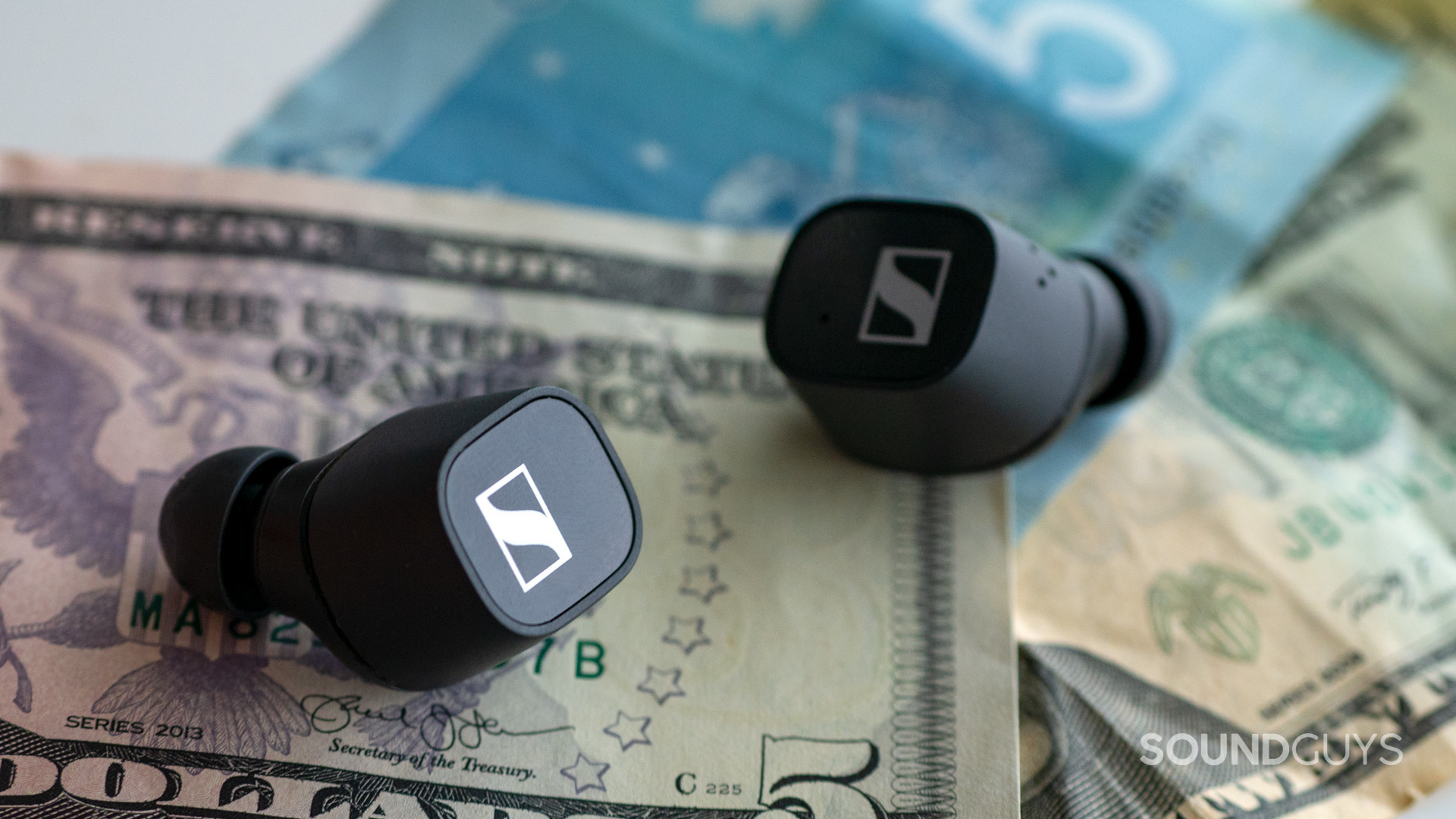
Choosing the best earbuds can be overwhelming, especially if you’re new to audio jargon. You don’t need to spend a fortune to find a great pair. Instead, you can explore key features that matter to you and use these as a buying compass. Laying out how you’ll use your earbuds can help you determine a smart budget.
Where do you listen to music?
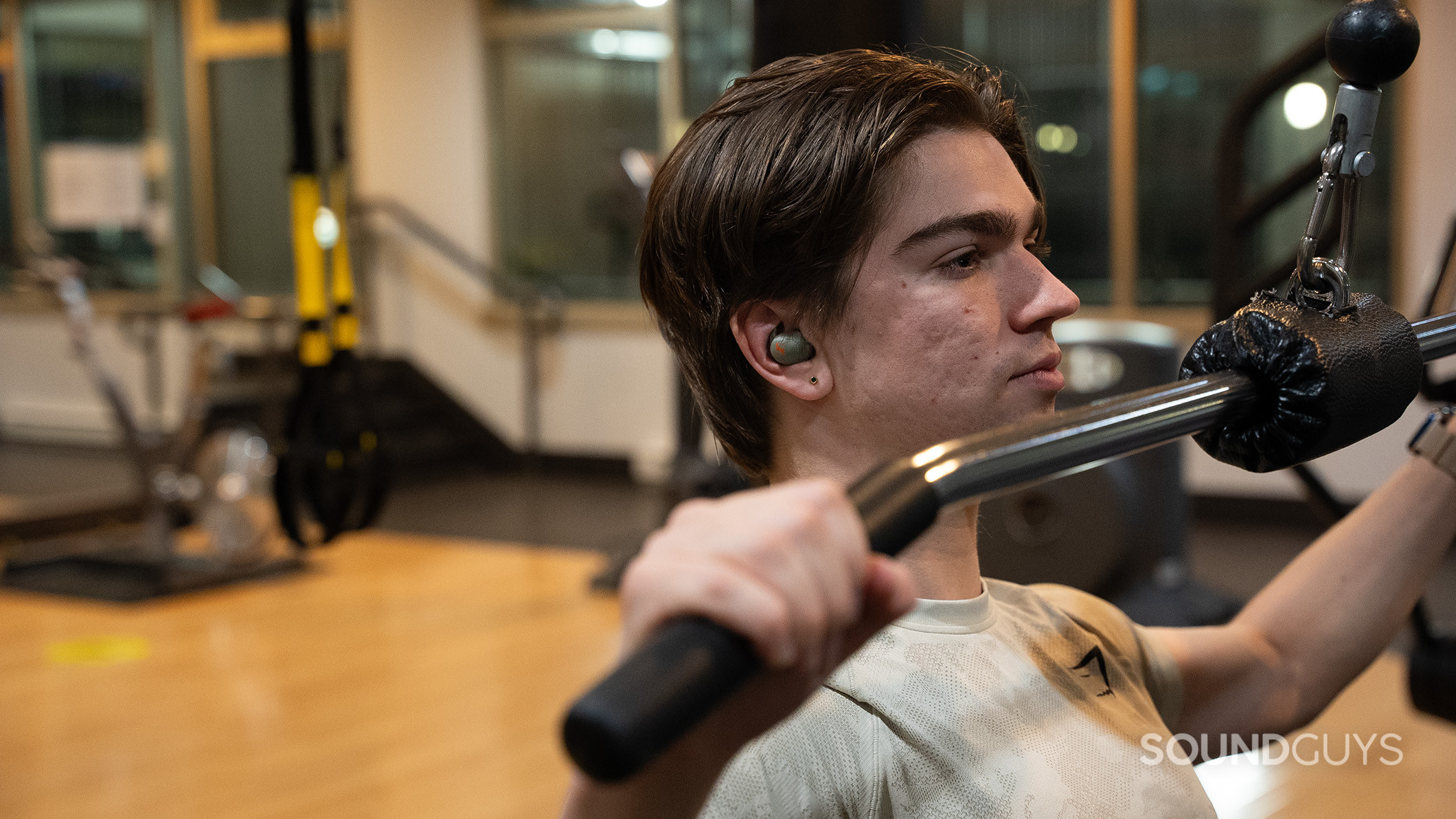
As they say in real estate: location, location, location. Where you listen to your music, podcasts, and audiobooks determines what kind of earbuds you should buy. Those who plan to listen to music while commuting by train or bus will want to prioritize active noise canceling (ANC). Likewise, gymgoers will enjoy noise canceling too.
Sitting on the opposite end of the spectrum, bike commuters and people who live in urban areas can safely navigate the world with open earbuds like the Samsung Galaxy Buds 3 and rumored AirPods (4th generation). If you’re a proud homebody, you may not have a use for noise canceling and dislike the fit of open earbuds. In that case, the world is your oyster.
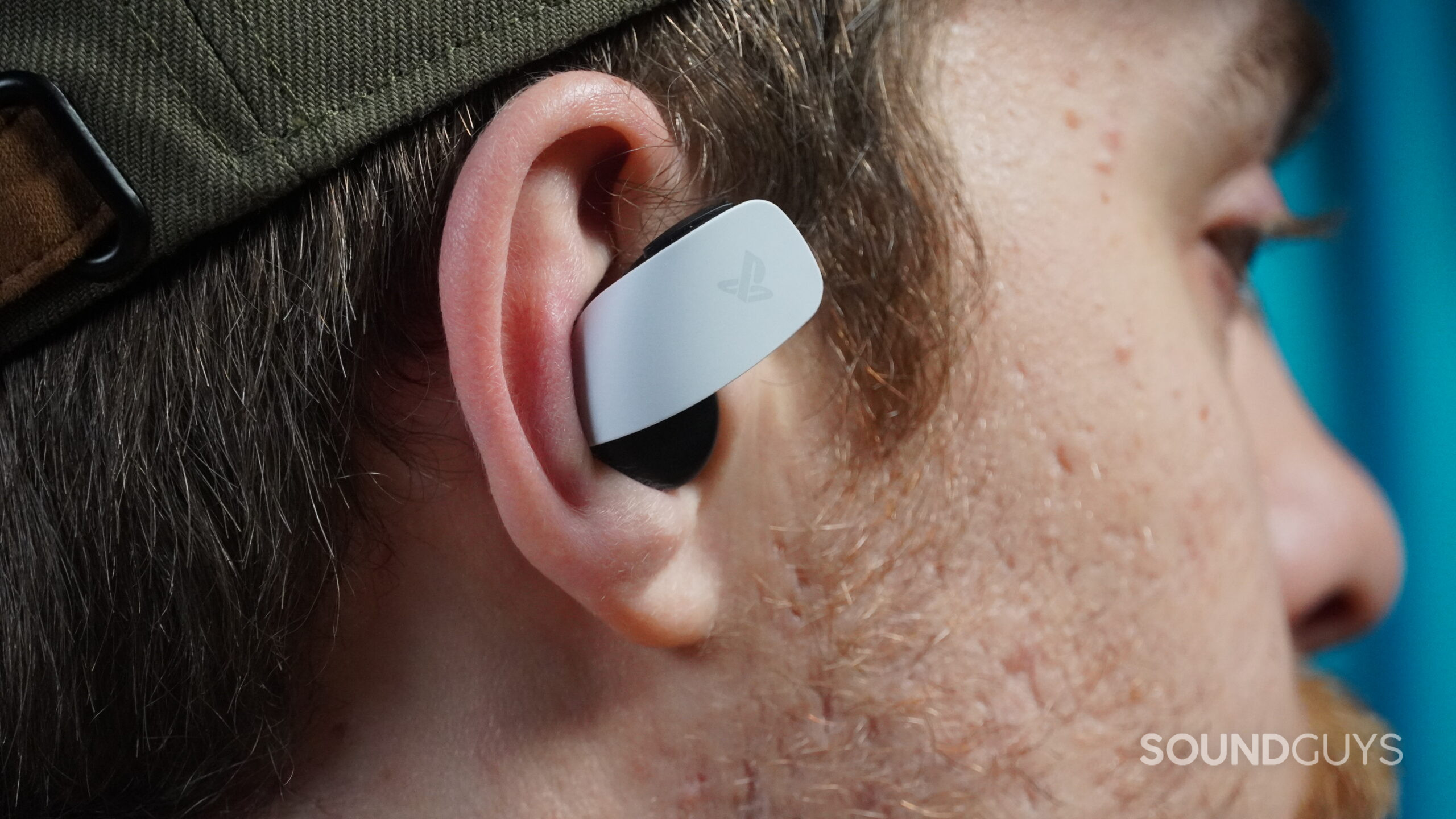
Anyone who spends time in virtual meetings will want to invest in earbuds with a good microphone, which often cost at least $100. Of course, spending more than that doesn’t guarantee a good pair of buds, but spending less than that typically yields unimpressive microphone quality.
Where you listen to your music may also influence how often you use your earbuds. If you don’t plan to use your buds more than once a week, keep it simple. Get something cheap and effective like the Jlab JBuds Mini. You can probably spend less than $100. However, if you use your earbuds every day, multiple times a day, you may want to get a pricier pair.
No matter where you listen, you’ll have to consider many features before clicking a buy button.
What features do you want from your earbuds?
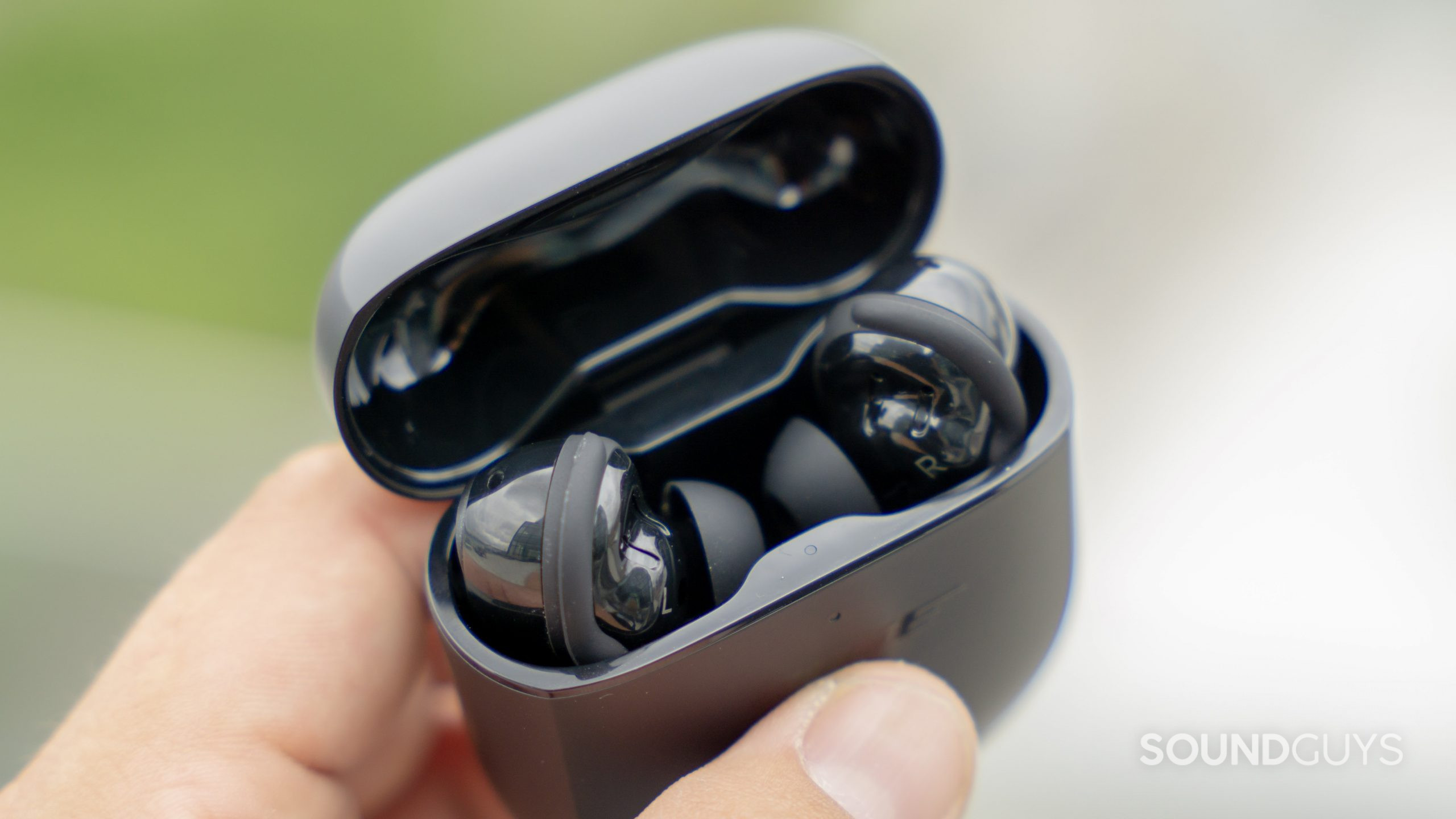
Noise canceling is one of the hottest audio features, and expensive and cheap earbuds alike share this feature. A good pair of ANC earbuds can unplug you from outside distractions, allowing you to focus on your music. The Sony WF-1000X5, for instance, can reduce the loudness of low frequencies like the rumble of your train car up by about 88%. Of course, commuters, especially those who fly often, will want to get something comfortable. Comfort is notably more subjective than ANC. However, for the most comfortable fit, we recommend earbuds with memory foam ear tips. Some earbuds, like the WF-1000XM5, come with foam tips, but you can always buy a pair from Comply to fit whatever buds you’d like.
Typically, the more features you want out of your earbuds, the more expensive the price tag.
Similarly, if you listen in the gym, noise canceling may help block out background noise. I find ANC earbuds to be particularly good at hushing the low, unending groan of a treadmill. A good fit will also quiet the metallic “clang” that inevitably happens from people dropping weights.
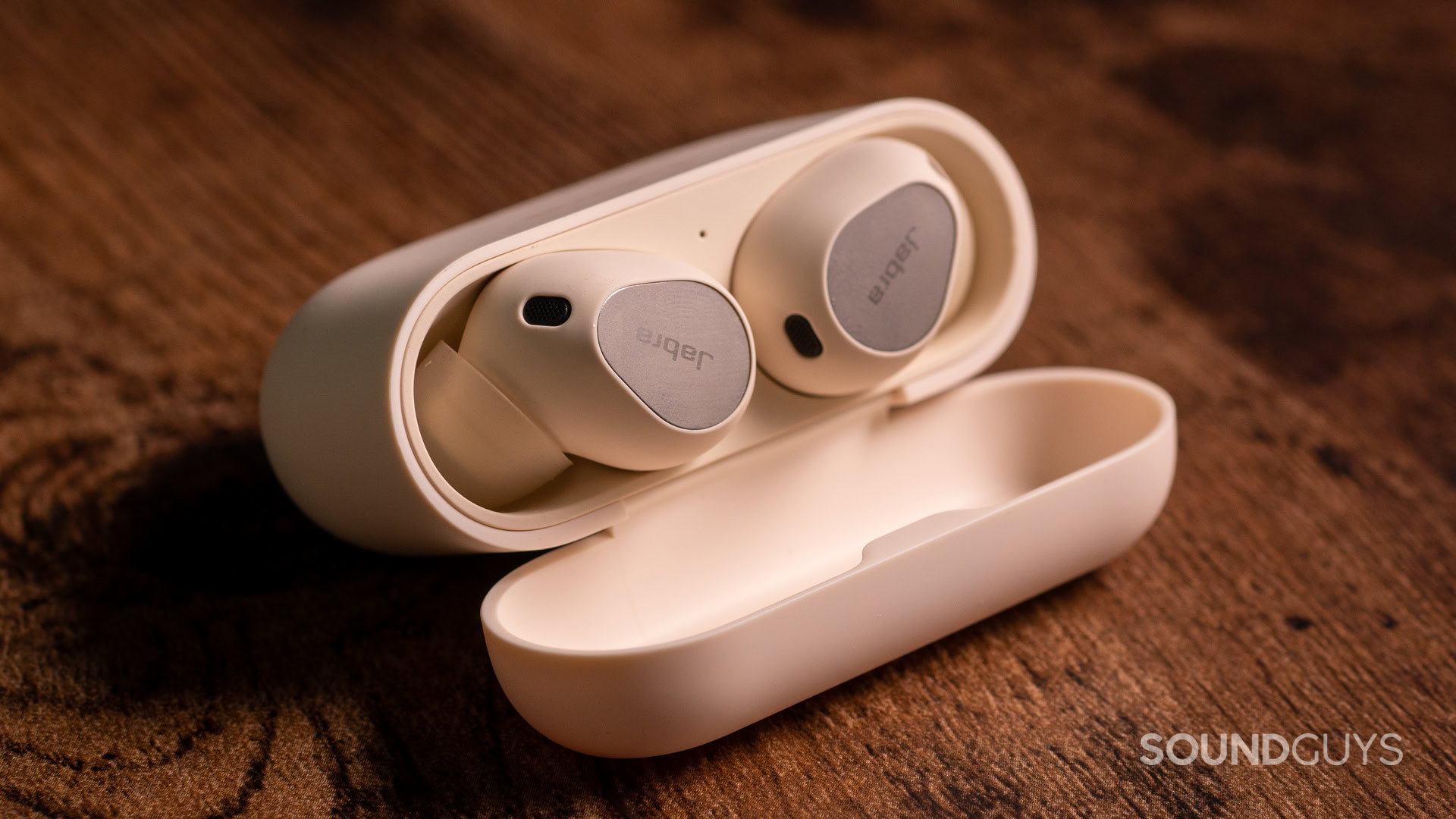
Beyond ANC, gym rats and athletes at large will need to invest in durable earbuds. Fortunately, there’s an objective rating system that informs you of what conditions you can subject your earbuds to. A pair of durable earbuds will have an “Ingress Protection” (aka IP) rating. You can almost always find a pair of IPX4-rated earbuds in any price range. An IPX4 rating means your buds will resist water sprays from all directions. If you rock-climb or run on the beach, you may want to opt for earbuds with a dust-resistant rating too. A great example of durable earbuds are the IP57-rated Jabra Elite 10 Gen 2.
You should know that most wireless earbuds include a companion app for your phone. Nine times out of 10, you’ll need app access to enjoy 100% of your earbuds’ features. Once you get set up in the app, you can usually customize the sound, change the onboard controls, and more. Some of our favorite mobile earbud apps come from Sony, Jabra, and Nothing. All of these apps give you granular control over the multi-band custom EQ.
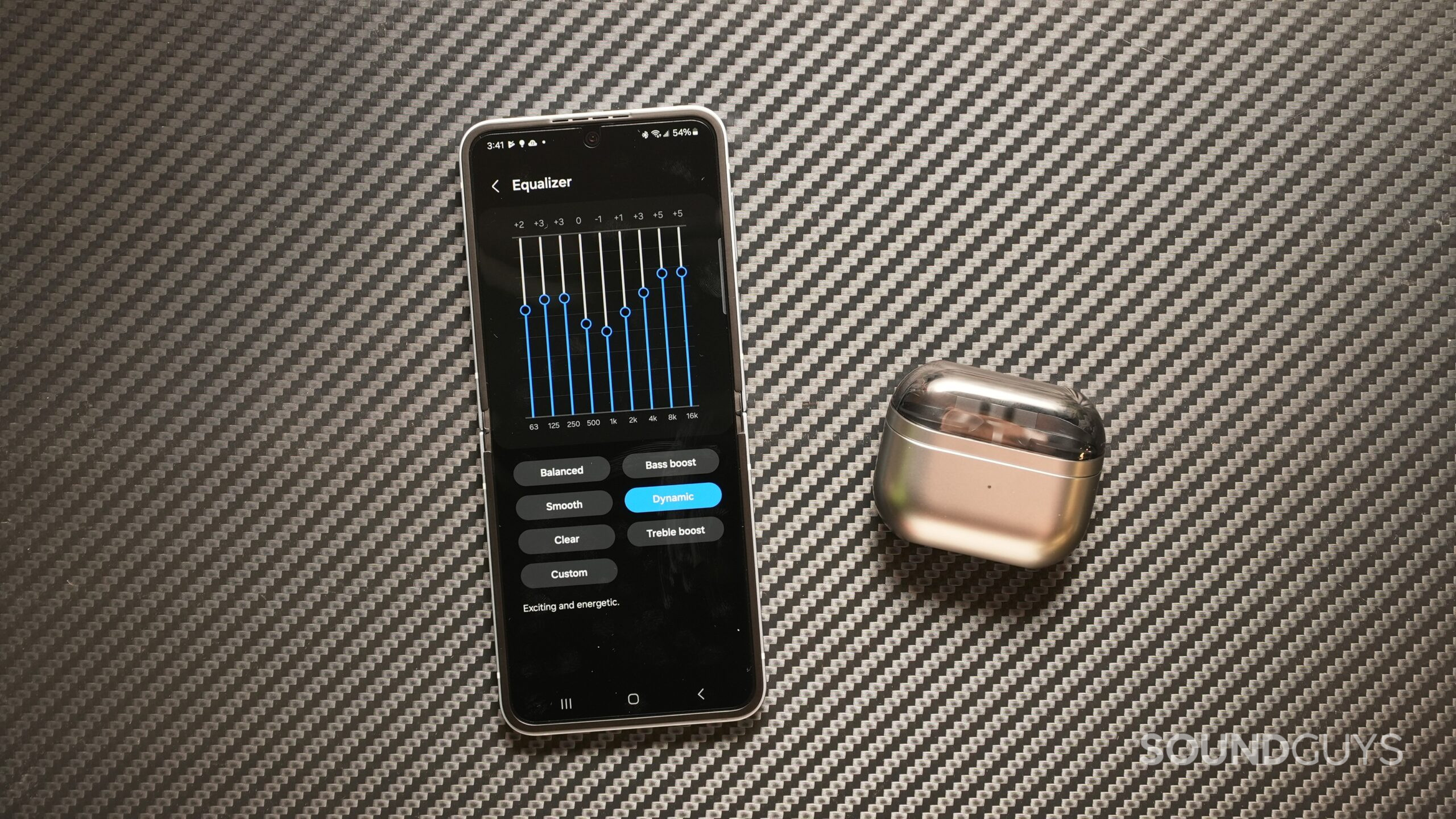
Nearly all applications work equally well on iPhones as they do on Android phones. However, if you’re interested in the AirPods Pro or AirPods series, you’ll need an iPhone to access almost all the features. Apple reserves it’s (limited) customization options for its own hardware. Through the iOS or iPadOS Settings apps, you can personalize the Spatial Audio effect, customize the onboard controls, toggle auto-ear detection on/off, and more. Plus, Apple hides some of its best AirPods features in the Accessibility menu within the Settings app.
Do you have an iPhone or Android phone?
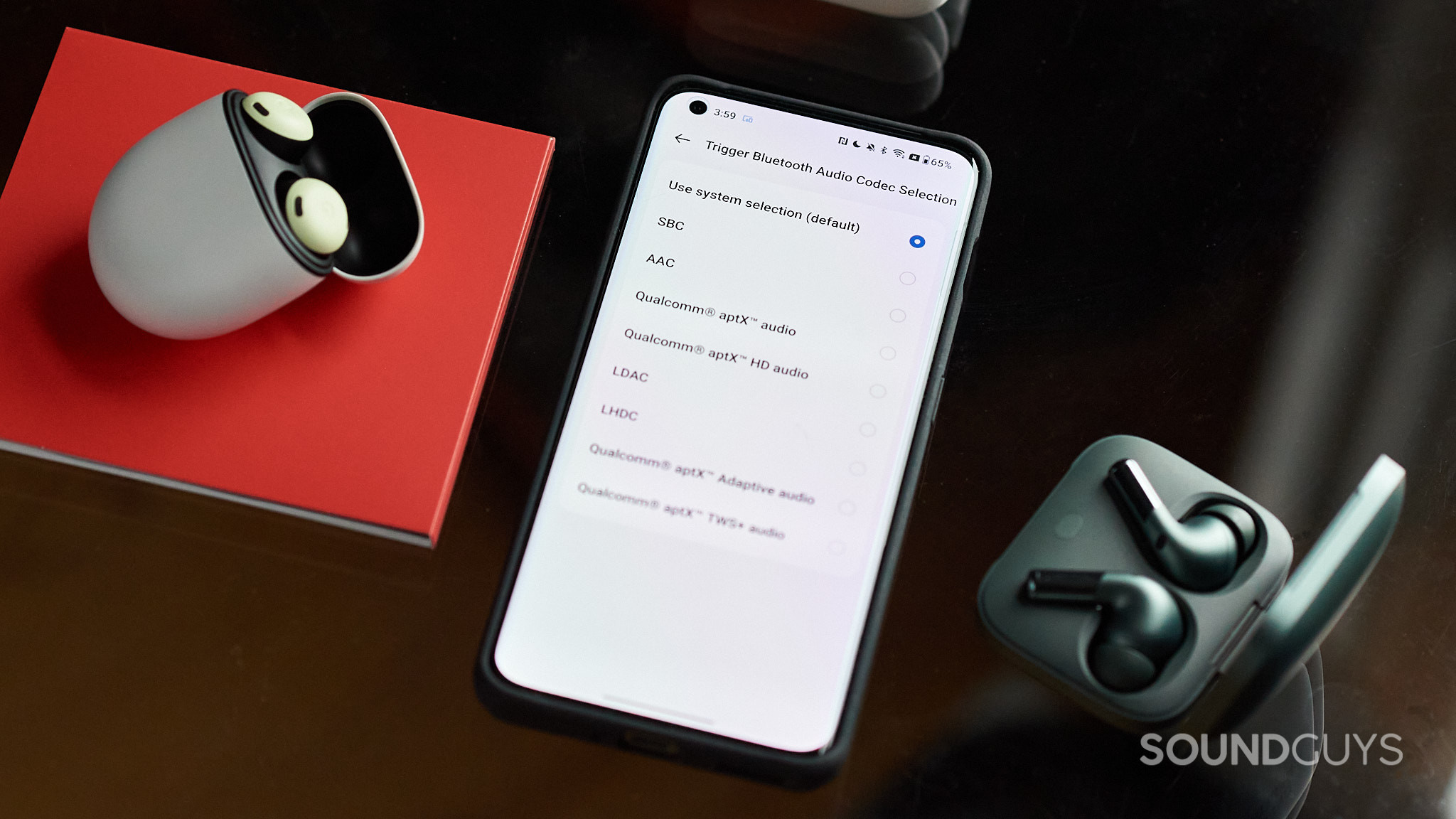
Not only does smartphone compatibility determine app features and access, but it also affects Bluetooth audio quality. Different smartphones support different Bluetooth codes. The better the codec, the better your wireless audio quality. LHDC is one of the best Bluetooth codecs you can use regarding sound quality and lag (or lack thereof), but relatively few devices support it compared to other high-end Bluetooth codecs like aptX and LDAC. Android supports a variety of Bluetooth codecs, while Apple only supports two (SBC and AAC). All Bluetooth-enabled devices must support SBC, so it’s no boon for Apple, and AAC is quite good, but its transfer rates can’t hold a candle to LHDC.
Investing in earbuds that can make use of high-quality Bluetooth codecs is worthwhile for anyone. We especially recommend high-quality codec support to listeners who want the best audio quality from their earbuds. Gamers can also benefit from the virtually imperceptible lag that comes from high-quality Bluetooth codecs.
How much do earbuds normally cost?
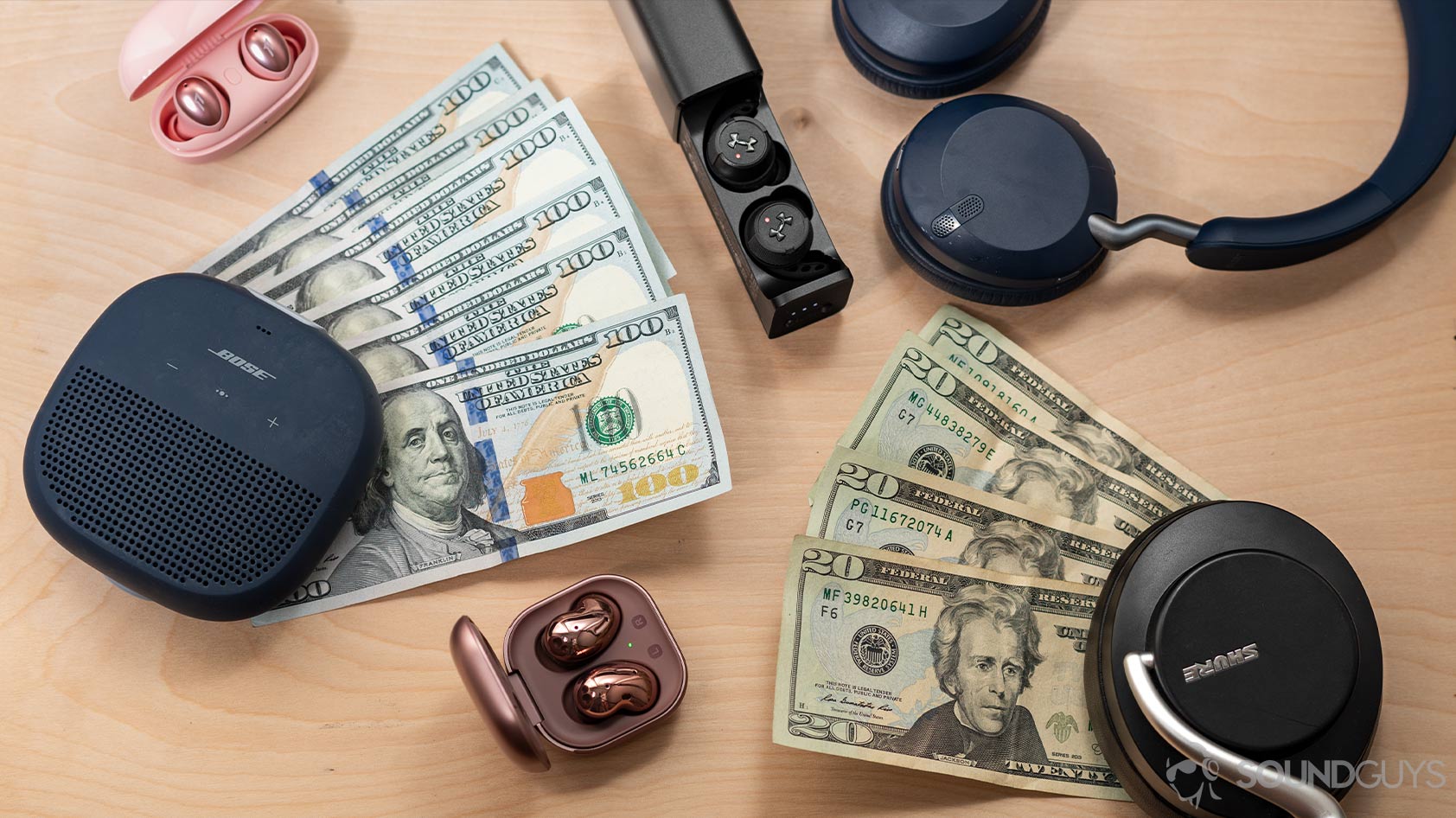
Once you’ve narrowed down the factors above, you can start to narrow down the price range. Budget earbuds usually cost less than $100; mid-range buds are between $100 and $200; and top-tier earbuds will run you more than $200.
Budget earbuds will usually have okay sound and call quality. You might find noise canceling on budget buds, but more often than not, it will do very little to quiet the sounds of your environment. The fit can be hit or miss because ergonomics often take a backseat to other features. Buds at the lower end of this price range often won’t have an app. A great budget option are the Moondrop Space Travel ($24.99 at Amazon).
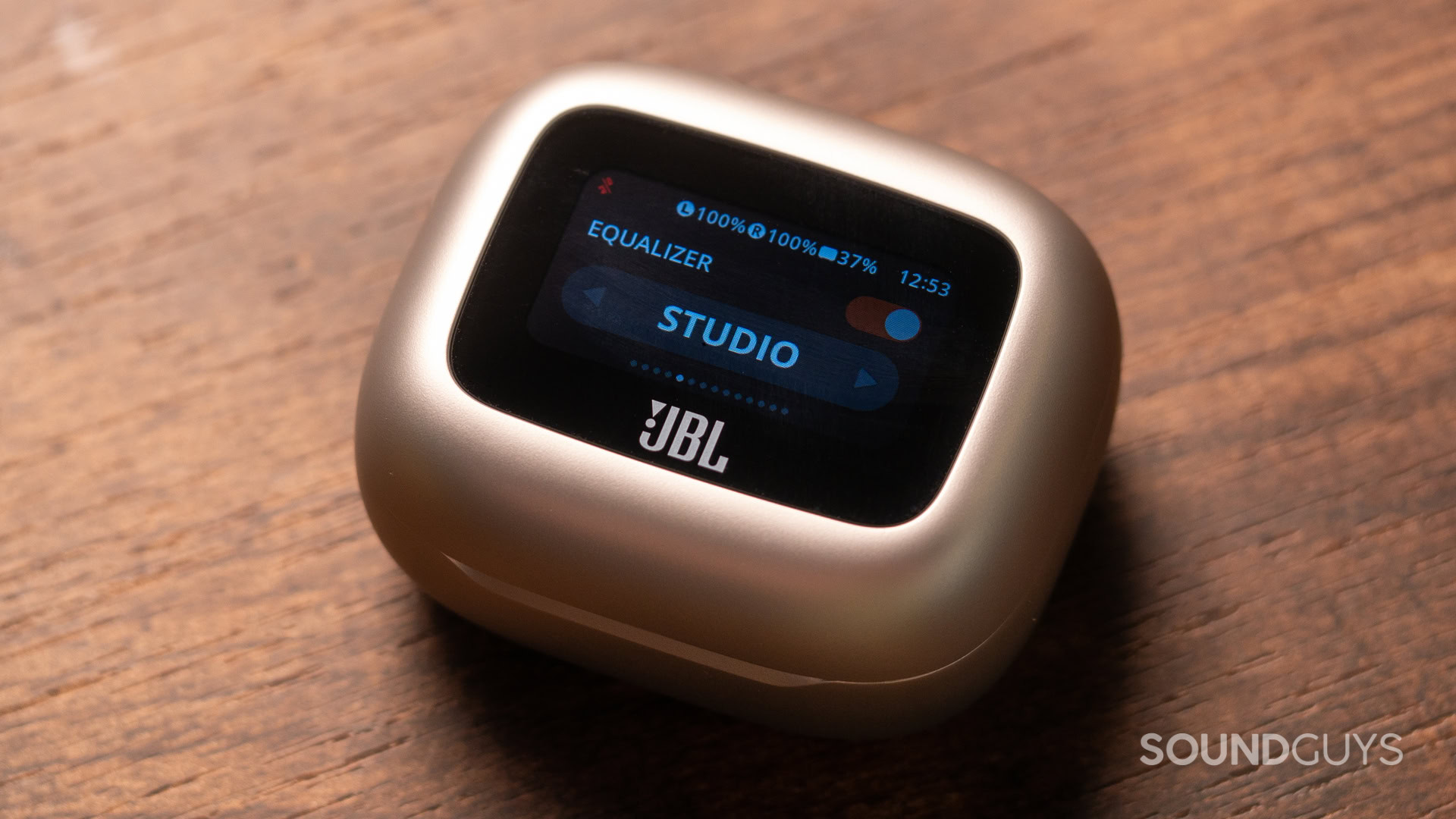
Midrange earbuds are my favorite, because they cover all bases, bringing a whole lot of value to the table. You’ll start to find better build quality, very good sound quality, solid mic quality, and useful mobile applications. Examples of excellent midrange earbuds: Samsung Galaxy Buds 2 Pro ($179 at Amazon) and JBL Live Beam 3 ($199.95 at Amazon).
Last but not least, you have the best earbuds money can buy at $200 and up. At this price point, expect advanced ANC, very comfortable designs, wireless charging, and other premium features like multipoint connectivity. Premium earbuds are for listeners who want cutting-edge tech, price be damned. For this category, we recommend the AirPods Pro (2nd generation) ($199.99 at Amazon) for iPhone owners, and Sony WF-1000XM5 ($298 at Amazon) for Android users.
By listing out your needs and being true to them, you can find the perfect buds without breaking the bank.
Frequently asked questions about the cost of earbuds
Your priorities determine what makes a pair of earbuds good. That said, you’ll usually have the best luck in the $100-$200 price range. Spending less than this is usually a gamble on build quality and reliability while spending more can feel like throwing away money.
Earbuds worth buying are earbuds that work for you. If you’re an athlete, that means buying earbuds with an IP rating, and if you fly a lot for work, that means getting earbuds with stellar noise canceling.
The cheapest earbuds tend to be more affordable than the cheapest headphones. This seems to be due to the greater availability of remarkably cheap buds driving down the price of the competition.
Thank you for being part of our community. Read our Comment Policy before posting.